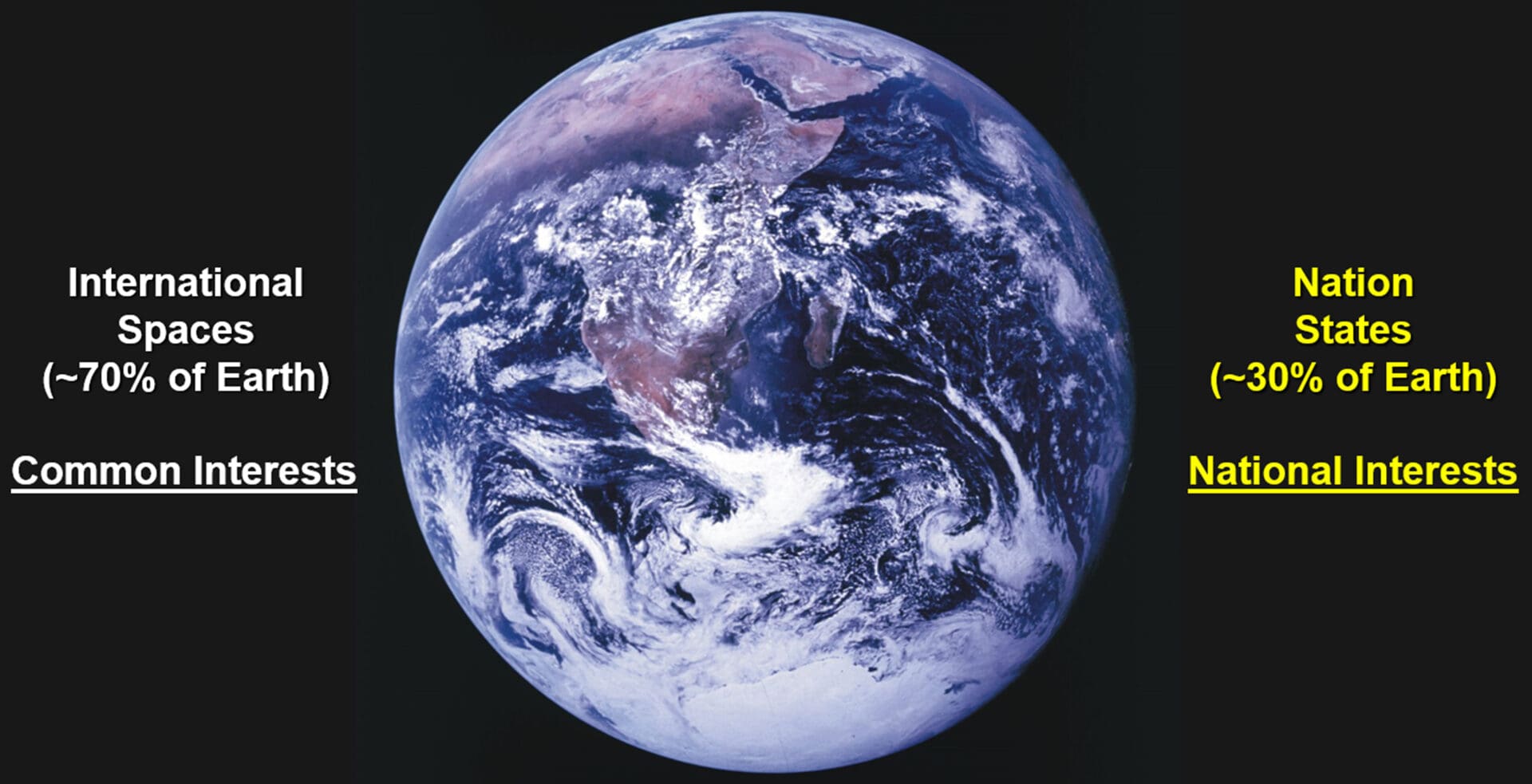
Understanding sustainable development is a matter of common interest.
Recognizing the 'tragedy of the commons’ is real, how can humankind survive with upwards of eight billion people on Earth, accelerating from one billion at the since the start of the Industrial Revolution?
OUR COMMON FUTURE (1987) was a pivotal publication from the United Nations with imagination for our shared humanity – short-to-long term – championed by former Norwegian Prime Minister Gro Harlem Brundtland. The Rio Conference in 1992 opened the doors to the United Nations Framework Convention on Climate Change (UNFCCC) and the Convention on Biological Diversity (CBD) both becoming global institutions written with “common concern for humankind” along the evolving international law of common interests.
There exists a choice at the beginning of any negotiation – like a glass half-full or half-empty – to resolve conflicts or build common interests. The Cold War origins of science diplomacy reveal the starting point determines the journey with any negotiation to build consensus.
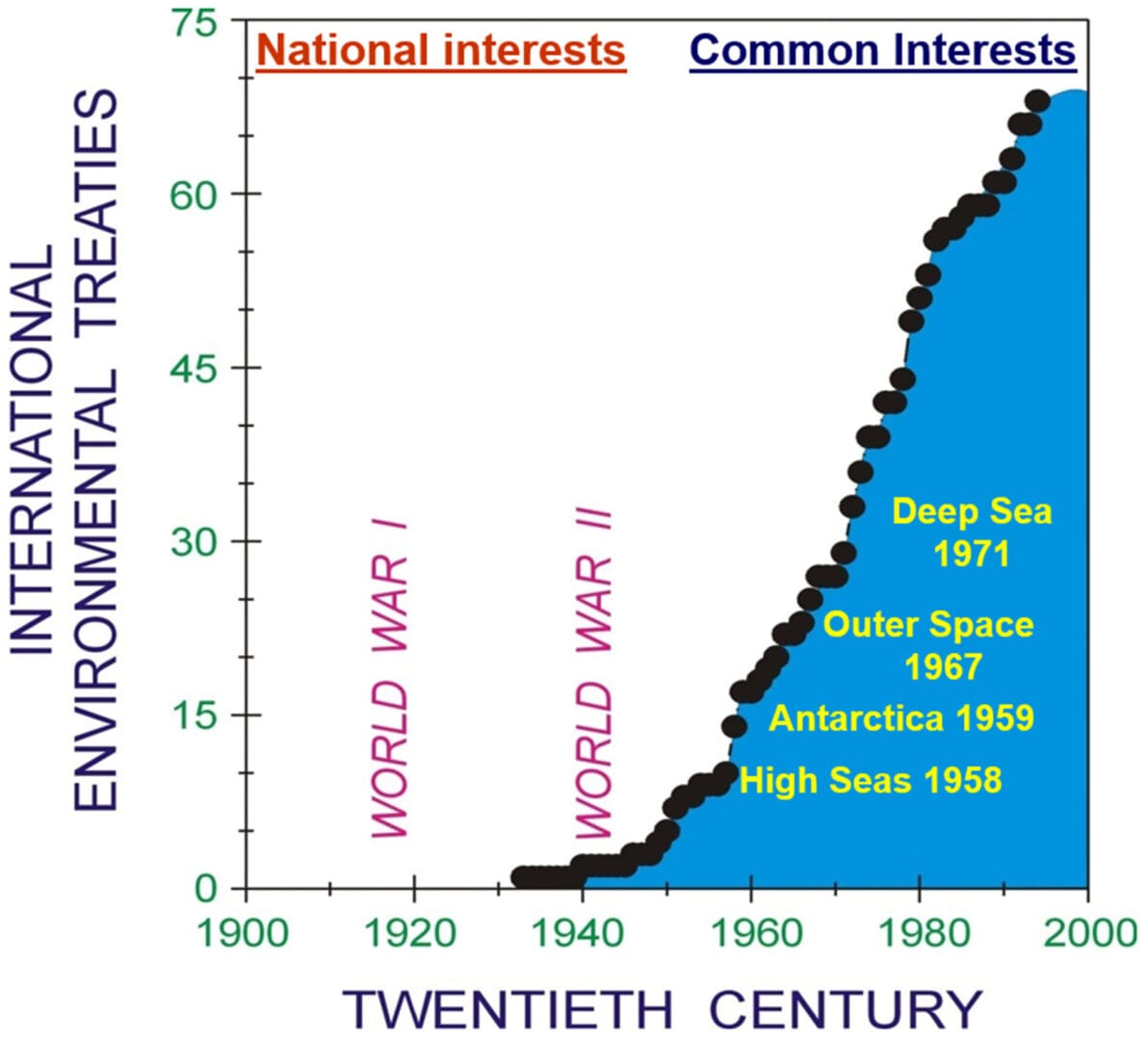
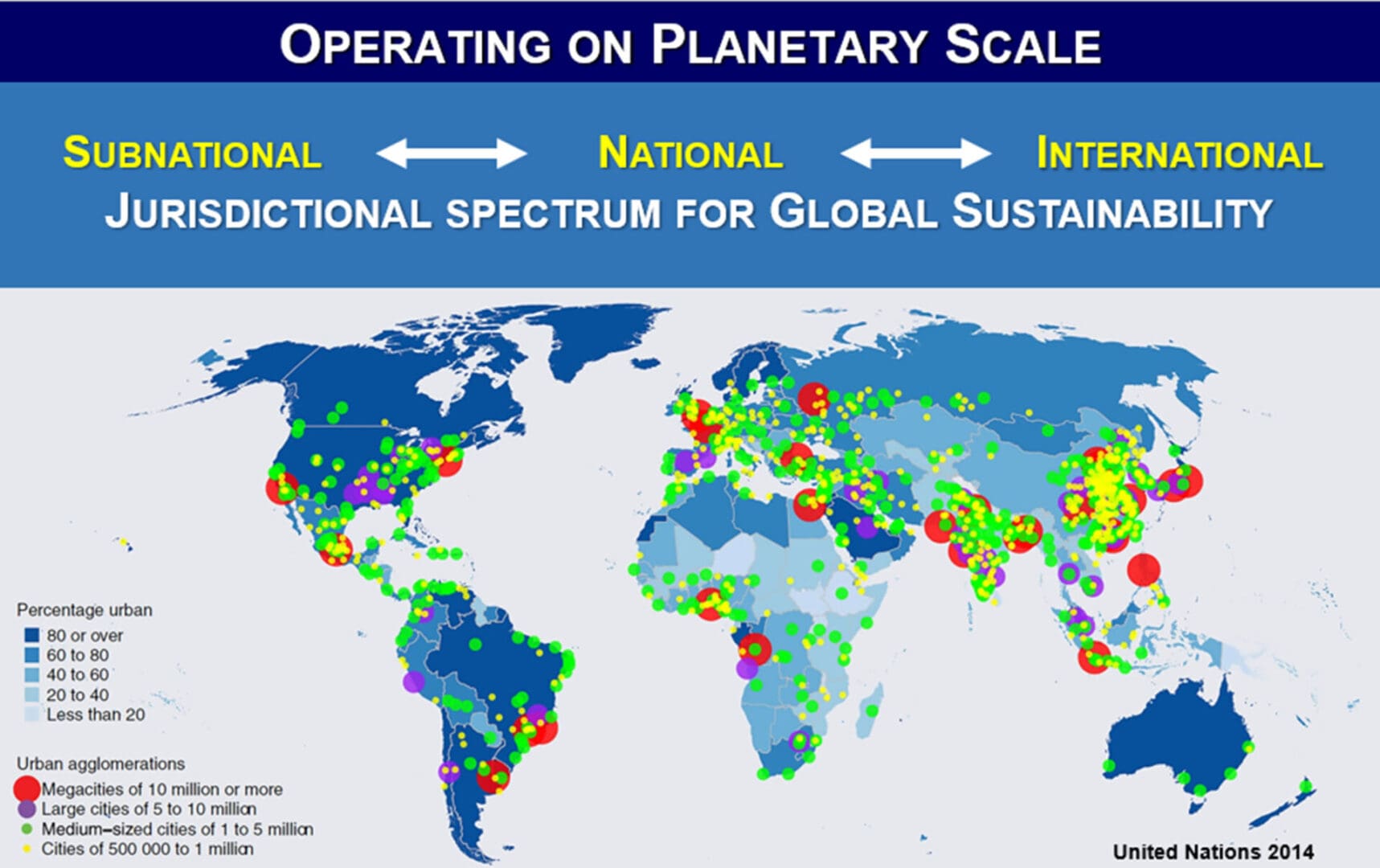
“Matters of common interest” enabled the United States and Soviet Union to create the first nuclear arms agreement with the 1959 Antarctic Treaty. What were the common interests among these superpower adversaries, each of which individually has the capacity for Mutually Assured Destruction (MAD)?
In Antarctica and Outer Space the common interests remain forever after the Second World War – even if forgotten – existential issues of survival. With forever eloquence, the 1967 Treaty on Principles Governing the Activities of States in the Exploration and Use pf Outer Space, Including the Moon and Other Celestial Bodies highlights:
…the common interest of all mankind in the progress of the exploration and use of outer space for peaceful purposes.
Such progress requires a process to build common interests with characteristics that are international, transdisciplinary and inclusive. To be inclusive – please consider with lifelong learning what is meant by “all mankind.”
If you have travelled this far on the website – integrating education and research up the Pyramid of Informed Decisionmaking – the synergies of science diplomacy emerge with self-identified responsibilities and leadership to build common interests, operating short-to-long term.
Next-generation science diplomats are needed urgently, bringing perspectives and skills of observers as well as participants into decisionmaking processes. Importantly, next-generation diplomats have the opportunity to provide leadership with common-interest building across the spectrum of jurisdictions at subnational-national-international levels.
Being inclusive at local-to-global levels is like centimeters-meters-kilometers, recognizing the nation has been the basic jurisdictional unit on Earth since the 1648 Treaties of Westphalia. Last century, introducing “World Wars” into human history, international jurisdictions became necessary, first with the League of Nations after WW-I and then the United Nations before-through-after WWII ended, as an anticipated inflection point. To forever prevent another period of global conflict involves common-interest building with inclusion, recognizing subnational capacities at global levels, highlighted by the C40 Cities addressing climate on a planetary scale and California becoming the fifth largest economy on Earth.
What does common-interest building look like in practice? The answers will emerge with questions of common concern, as a matter of inclusion, as illustrated by BUILDING COMMON INTERESTS IN THE ARCTIC OCEAN WITH GLOBAL INCLUSION.
It will be an honour as well as pleasure for the Science Diplomacy Center™ to help reveal questions of common concern with your leadership among allies and adversaries alike on a path to produce informed decisions.
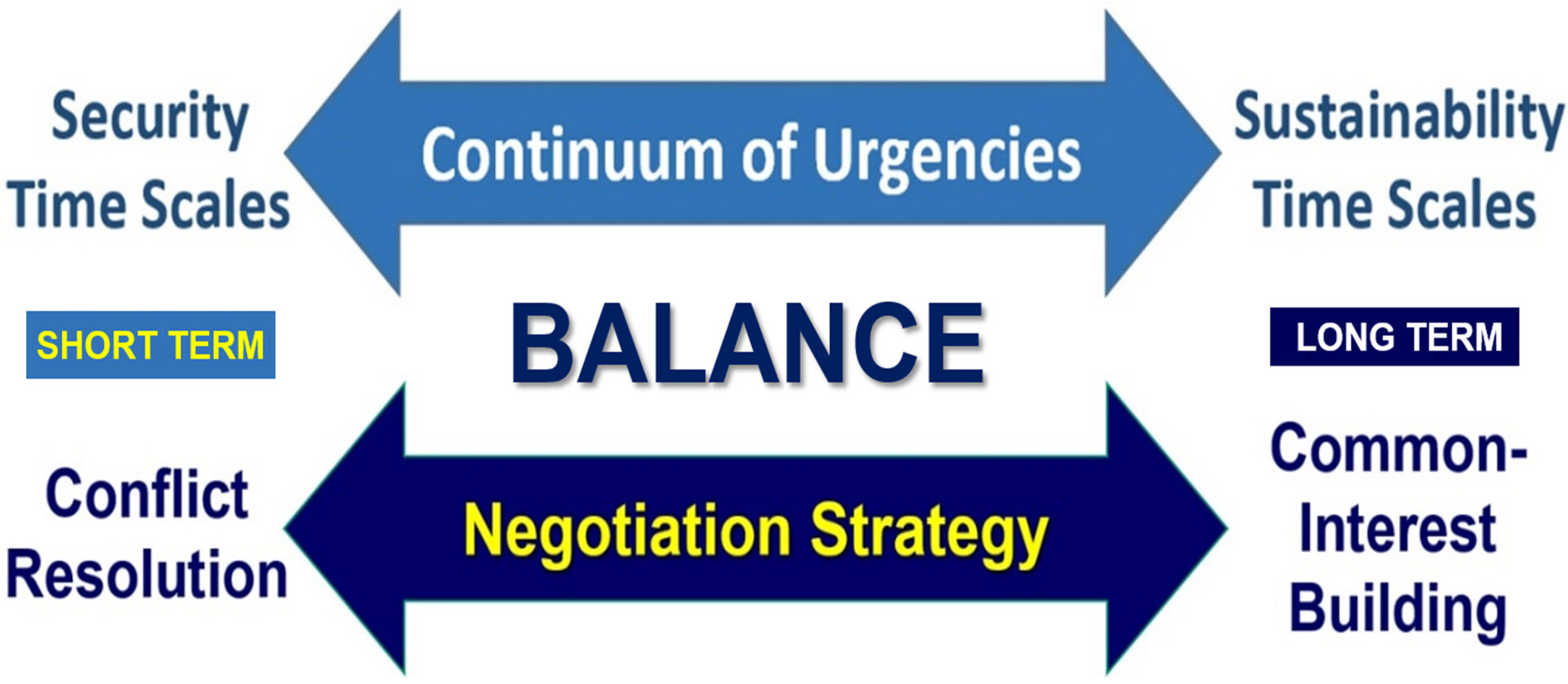

Considering international and transdisciplinary skills of a science diplomat, inclusion is the most difficult and special, helping to frame the questions that open doors of dialogue. Among the six elements of inclusion – time, the when of things, is like a compass to orient dialogues inclusively with vision across a continuum of urgencies.
- In view of research skills: Science diplomats provide inclusive leadership by considering who, what, where, when, why and how to reveal questions of common concern. With inclusion, the diplomacy to convene dialogues involves options (without advocacy), which can be used or ignored explicitly, with respect for the invitees, whether disciplinary or transdisciplinary. Convening inclusive dialogues, especially among allies and adversaries, brings you into the action of decisionmaking as a participant with leadership in view of the relevant institutions. With the compass of time in hand – as an observer, the opportunity is to discover patterns, trends and processes that will become part of the decisionmaking landscape across the data-evidence interface.
- In view of action skills: Science diplomats provide inclusive leadership by integrating data from research into evidence for decisions by institutions, considering governance mechanisms and built infrastructure as well as their coupling for sustainable development. With transdisciplinary options, science diplomats can navigate complicated circumstances by avoiding self-interested agendas (whether real or perceived) that underlie political dynamics with wasted time, effort and resources or worse. Inclusive dialogues create a positive feedback by enhancing research capacities to produce informed decisions. With the compass of time in hand – as a participant the opportunity is to contribute short-to-long term across the spectrum of subnational-national-international jurisdictions.
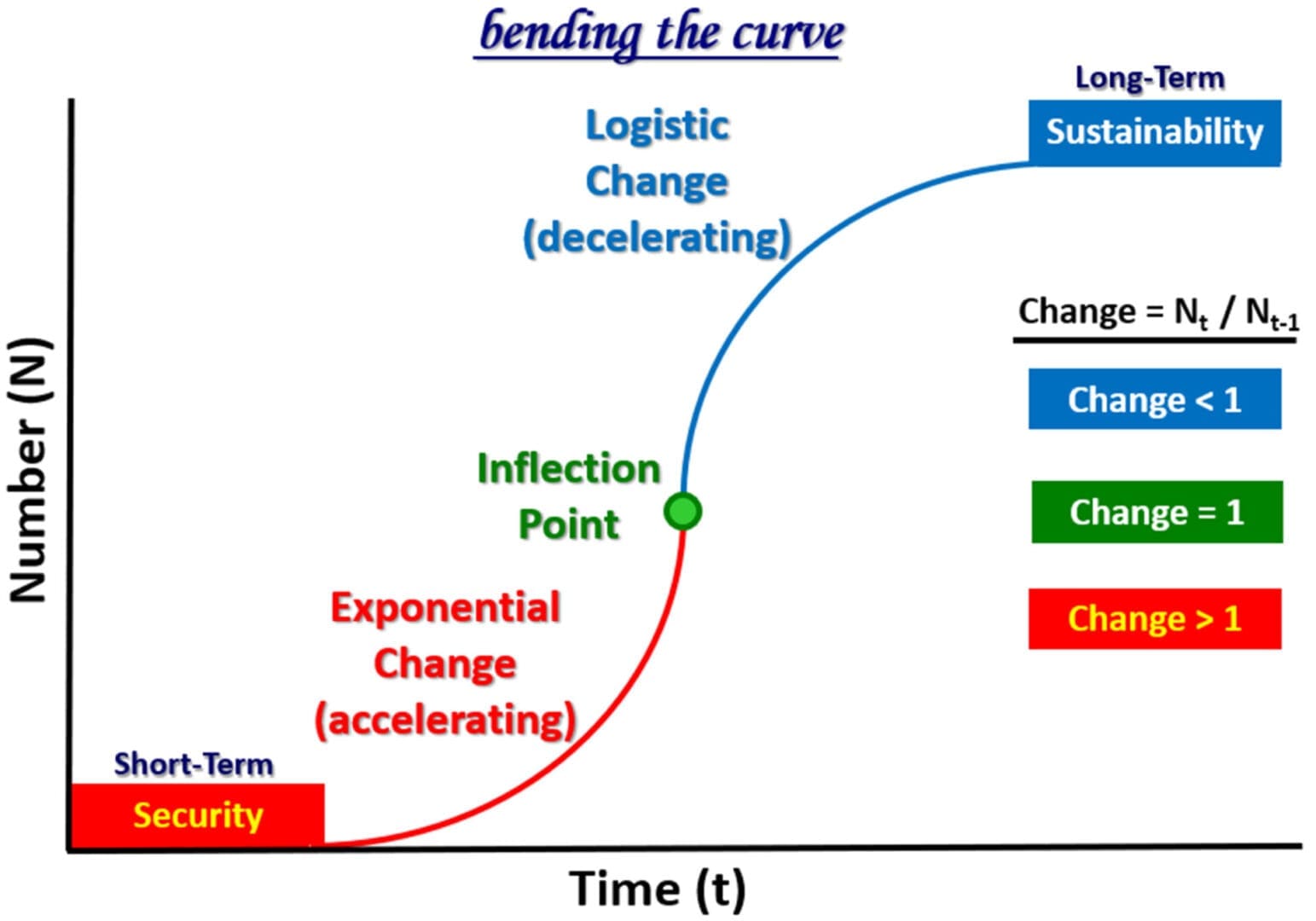
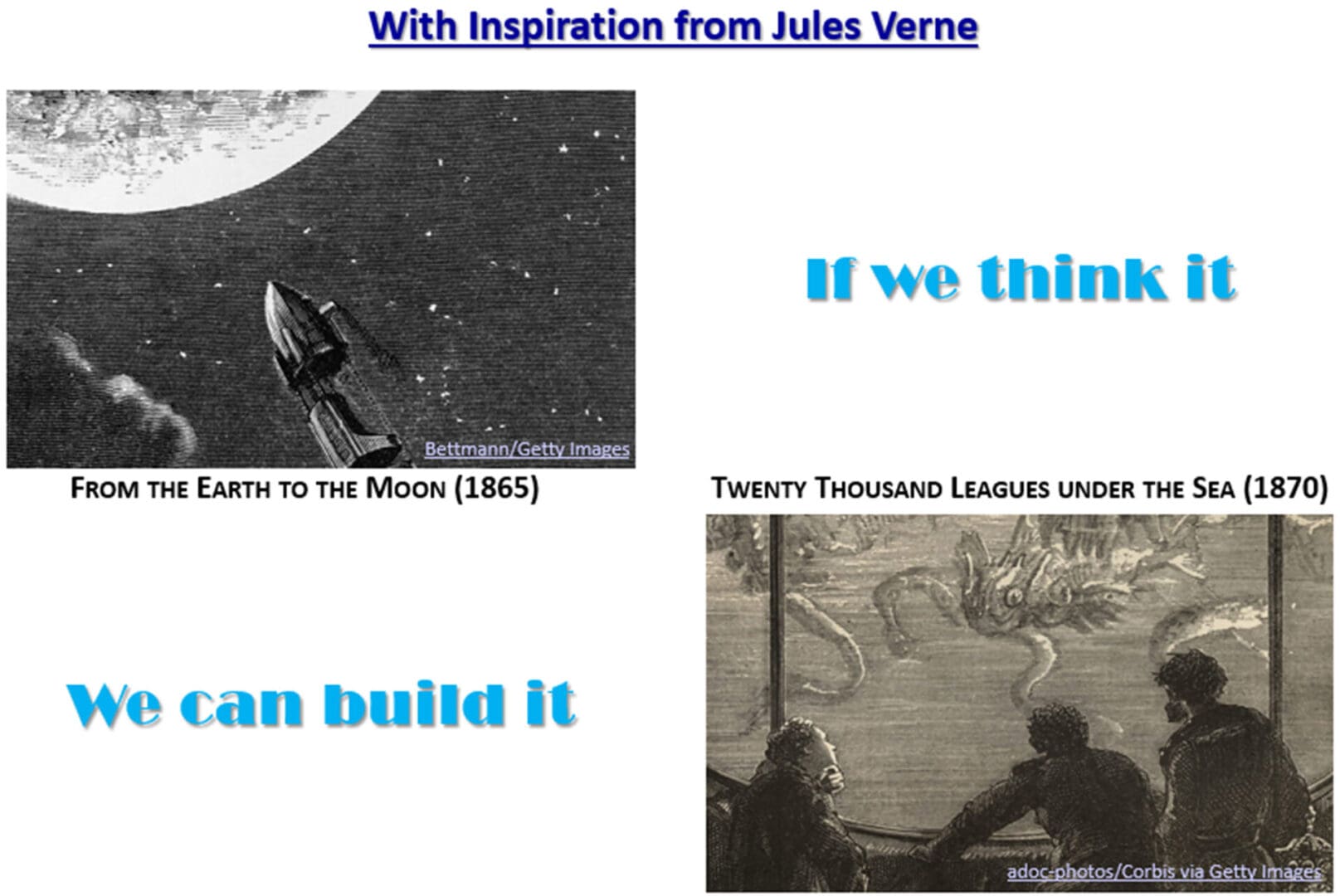
Today we are living in a world of exponential changes across diverse time scales, all converging with global impacts. As a fundamental expression of sustainability, the challenges and opportunities facing humanity operate across generations beyond ourselves to bend the curves.
To operate across a continuum of urgencies short-to-long term involves thinking before-through-after inflections points. A worldwide example of informed decisionmaking is demonstrated with the global inflection point of the Second World War, which happened in August 1945, bringing us full circle to the urgencies facing us forever as a globally-interconnected civilization. Subsequent peace, stability and resilience of our world are because of the contributions before the inflection point.
The Food and Agriculture Organization was imagined in 1943, addressing a most basic feature of human survival. The Bretton Woods Conference in New Hampshire happened in July 1944 with imagination of the International Monetary Fund and the International Bank for Reconstruction and Development that became the World Bank for a new world order. Most importantly, the UN Conference on International Organization happened in San Francisco from April to June 1945, resulting in the Charter of the United Nations and Statute of the International Court of Justice – symbolized for the ages with the California redwoods, where Franklin Delano Roosevelt, the “chief architect of the United Nations, and apostle of lasting peace for all mankind” was memorialized on 19 May 1945.
There is great responsibility to transform education and research with leadership capacities among children and young adults alive today – the digital natives – who will be living in the 22nd century and beyond. Next-generation science diplomats are the brokers of inclusive dialogues.
As a hopeful contribution along a trajectory of inclusive dialogues, the Science Diplomacy Center™ is coordinating the Global Indigenous Youth Summit on Climate Change (GIYSCC) on 9 August 2023 – as a virtual dialogue by, for and among Indigenous youth with global inclusion – circling the Earth across three 8-hour time zones on the International Day of the World’s Indigenous Peoples. It would be an honour as well as pleasure for the Science Diplomacy Center™ to help convene inclusive dialogues with your leadership.
The SCIENCE DIPLOMACY ACTION serial was designed to preserve inclusive dialogues, starting with the 1st International Dialogue on Science and Technology Advice with Foreign Ministries. The resulting syntheses in SCIENCE DIPLOMACY ACTION further illustrate the methods, skills and theory of informed decisionmaking you can apply to convene inclusive dialogues, welcoming your contribution and leadership.
Open Science is an aspiration of humanity to build common interests with inclusion. It is like science fiction of the 19th century with Jules Verne, travelling to the moon or twenty-thousand league under the sea. Inquiry and imagination are guiding forces “to balance national interests and common interests for the benefit of all on Earth across generations.”








